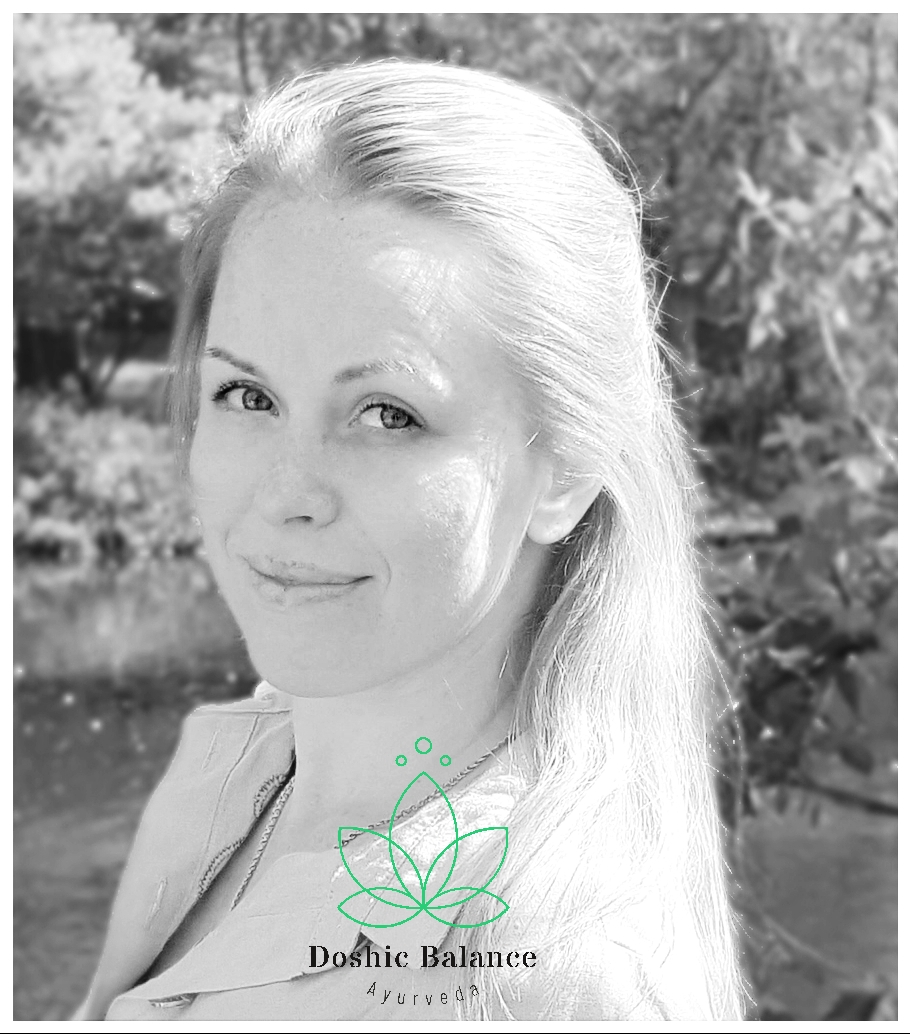What is pain
- Jana S.

- Feb 19, 2021
- 4 min read
What is pain?
Every living being has experienced some kind of pain in their lifetime. This is just part of living.
It is a very uncomfortable feeling that tells you something isn’t quite right . There are many different types of pain described like stabbing, throbbing, aching, numb, piercing and so on and it can involve any part of your body from head to toe. Some pains are very mild that you can barely even feel but others can stop you living your day to day life. There is even something called a heartache when you have experienced a sad ending to something like a relationship or loss of a loved one which normally is nothing to do with actual physical pain but rather a feeling of sadness and grief. Pain is described as the worst feeling one can experience and hence the name for a saddest emotion – a heart “ache”
Headache, migraine, bone fractures, fibromyalgia, menstrual pain, pulled muscle, arthritis and many more are described as pain causing illnesses.
What is the definition of pain? IASP( International Association for the Study of Pain) has the following definition:
Current Definition of Pain: An unpleasant sensory and emotional experience associated with actual or potential tissue damage, or described in terms of such damage.
Proposed New Definition of Pain:
An aversive sensory and emotional experience typically caused by, or resembling that caused by, actual or potential tissue injury.
The science has accepted that not everything causing pain has to be seen and physically felt but emotions can cause pain too what you can’t see as you would understand the pain of an open wound.
Management of pain with the western medicine:
For acute pain aspirin, NSAIDs, paracetamol are being given first. If the pain persist opioids will the second step.
For chronic pain ±$adjuncts (e.g. paracetamol, aspirin, NSAIDs) are used in the first step. If the pain is still unsettled or there is increasing intensity, along with first step medicine, weak opioids (e.g. codeine, tramadol) can be added. For moderate to severe pain or persistent or increasing pain in spite of step two treatment, stronger opioids (e.g.oxycodone, diamorphine, fentanyl, and alfentanil) are considered in addition. For Chronic pain5- It includes pharmacological approaches (e.g. NSAIDs, Opioid analgesics, antidepressants, anticonvulsants), behavioural approaches (e.g. relaxation techniques, hypnotic techniques, cognitive behavioural therapies), interventional methods (e.g. trigger point injections, nerve block therapy, epidural steroid injections) and implantable methods (epidural and intrathecal drug delivery).
(S. Researchgate)
What does Ayurveda say?
In Ayurveda there are three different doshas Vata, Pitta and Kapha. Each of those doshas are made up of their own elements- Vata (Air+Ether), Pitta (Fire+Water), Kapha (Earth+ Water).
Ayurveda explains pain as a blocked energy flow. Vata consists of air and ether which makes everything move- the energy. When this energy is blocked for some reason it creates pain and when there is pain, there is Vata dosha involvement. We need the energy to be circulating to be able to live.
There are many reasons why energies have been blocked.
Wrong lifestyle, food and drink and emotions for your type or dosha can all contribute to pain. And if these factors are always there, the pain will usually be there too. Physical injury might not involve your lifestyle but the pain is still caused by blocked energy flow as a result of the injury.
Ayurveda doesn’t just numb the pain for the moment the way Western medicine usually does but after examinations the source of the pain or the causative factor must be found and eliminated.
Ayurveda concentrates on the balance in body, mind and spirit.
Not every patient have the same cause of the pain and so every patient have a tailored treatment according to their dosha and causative factor.
Some remedies, body treatments with medicated oils and food & lifestyle corrections will eliminate any kind of pain.
The remedies
Ayurveda remedies are prescribed according to the imbalance. Many ingredients in our daily food and spice cabinet are very useful treating the pain and alleviating the inflammation and can help in restoring the energy flow.
Body treatments
Pain can cause anxiety, anger, frustration and loneliness. All these emotions in turn aggravate the condition and before we know it, it has become a vicious cycle of misery.
Ayurvedic massage is excellent for calming the mind and body. Once the mind is calm, the body is able to start healing itself quicker. Ayurveda uses medicated oils during the massage according to the imbalance which will calm the aggravated dosha.
Ayurvedic head massage, full body massage are helping to eliminate the toxins in your body. The full detox procedure is called Panchakarma in Ayurveda and should be done once a year to keep the balance.
Diet and lifestyle
In this time and age we are used to eating whatever we can and is out there but this does not necessarily mean we should do that. Every single human is different and we cannot expect all foods to be suitable for everybody. The importance to eat right for your type is huge. This is what keeps us healthy and balanced. This may sound a bit scary as not everybody wants to risk eliminating their favourite foods but it doesn’t have to be so drastic. Quite often after a treatment we find that we don’t even like the foods we were used to and that resolves half of the problem already for the long term. As Ayurveda concentrates holistic treatment for the whole body for the long term.
It’s all the same with lifestyle. Sometimes when we think we have all the energy to run around daily doesn’t mean we should do that. The energy might be diverted from where it’s needed more, like our digestive fire.







Comments